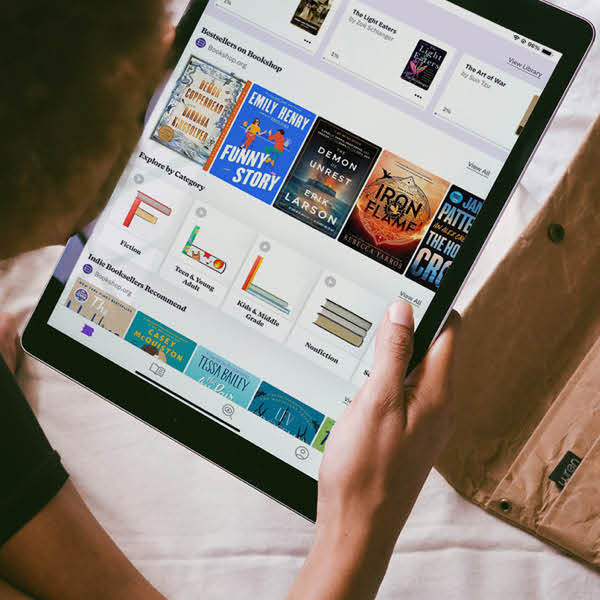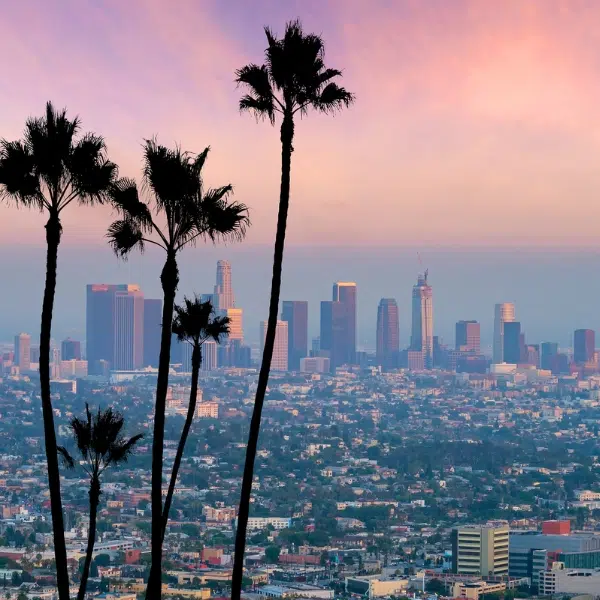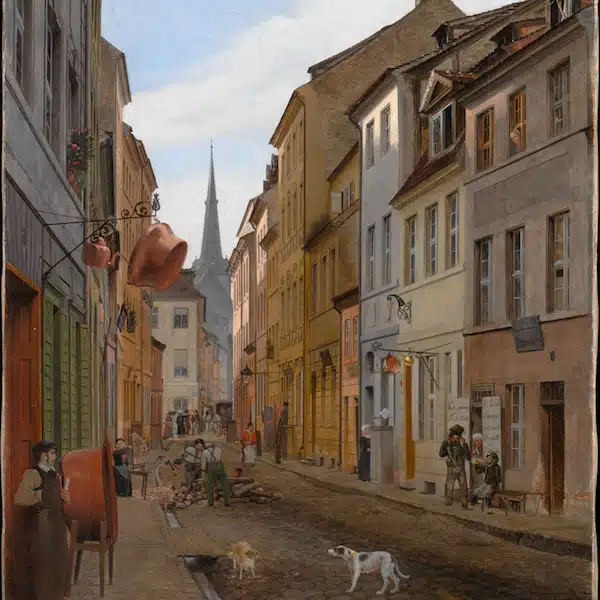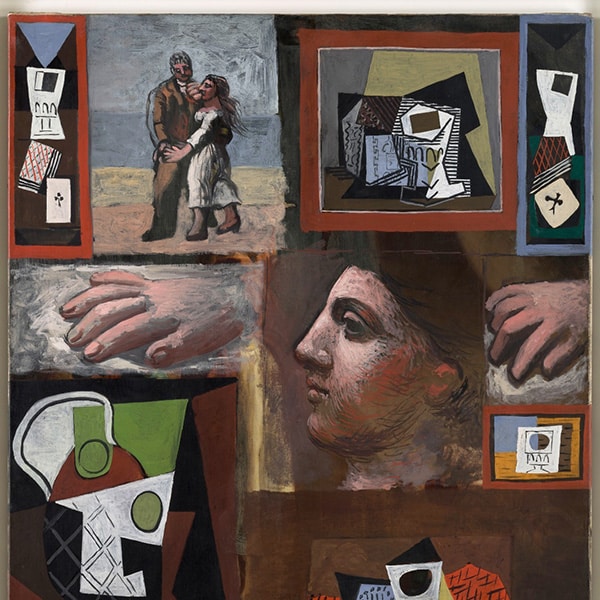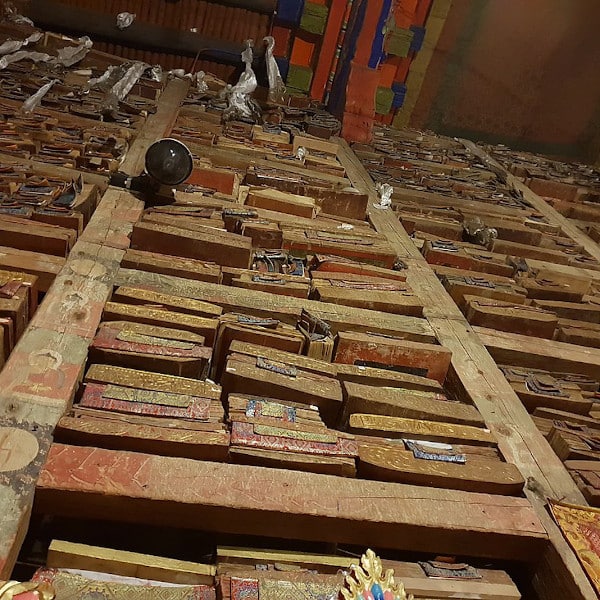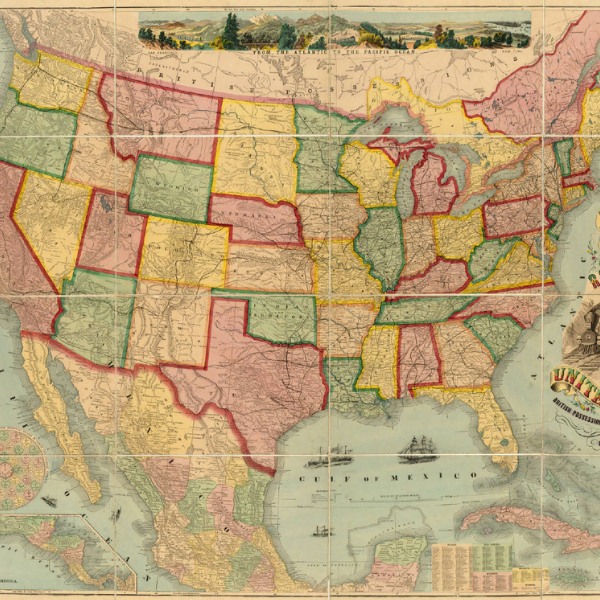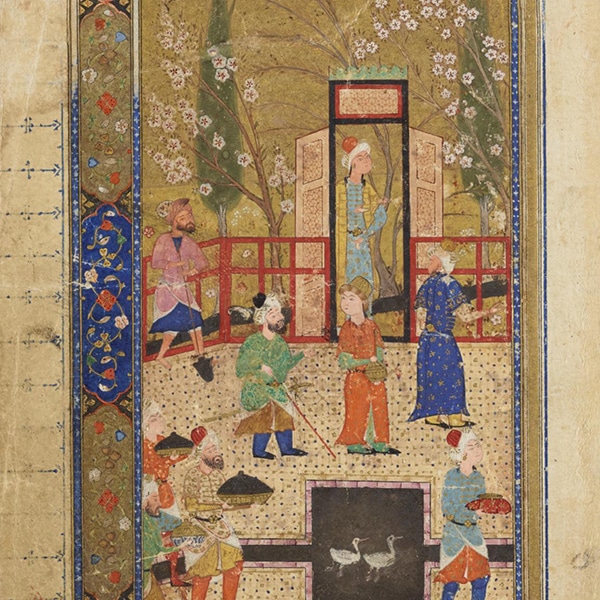Tips for Building a Mood Board
Think of building a mood board like creating a collage, in the sense that you're piecing together disparate elements into one cohesive image. Here are some tips for doing just that.

Photo: Vladimir Proskurovskiy
Get out of your comfort zone. Are you always looking at the same websites and Instagram accounts to find inspiring images? Try avoiding your usual haunts and find pictures for your mood board elsewhere—you never know what you’ll see and how it can spark your imagination.
Take your own pictures. Snap photos of things that catch your eye and include them on your mood board. Doing so will offer even greater insight into your creative vision (literally).
Flip through magazines. Thanks to the internet, chances are that you haven’t picked up a magazine in a while. But for your mood board, it can be worth it to find a few publications (especially ones with beautiful photography) because the act of looking in a magazine is more deliberate than scrolling on a website. You're sure to be more thoughtful with your choices.
Remember your ABCs—always be collecting. Always be on the lookout for interesting images and save them when you find them. That way, when you need to make a mood board, you’ll have a rich trove of visual content at your fingertips.
Don’t be afraid to include text. We often think of mood boards in terms of all images, but using text is allowed, too. Try finding words that you want to evoke with your project and include them.
How to Make a Mood Board
There are two ways to make a mood board: analog and digital.

Photo: Jo Szczepanska
The analog method involves physical cutting and pasting—something you might remember doing a long time ago, if you’re of a certain age. You’ll want to grab a large sheet of paper or poster board, scissors, glue, magazine, or even textures like sandpaper. Arrange all of the elements on your surface and tack them down once you’re confident of their placement.
Working digitally is faster and gives you seemingly infinite possibilities for what to include and how to format your mood board. Here are a few sites to try.

Photo: Prsnt
Pinterest. Pinterest isn’t exclusively used to make mood boards, but it has the functionality of one. Once you create an account, you can “pin” images to a board centered around a single subject. Its interface includes a powerful keyword-based search and each pin links to the website from which the images came—great for if you want to find out more about the picture.
Canva. Canva is a free-to-use website that helps you create visuals for your website, social media, and more. They have thousands of templates available, some of which are perfect for displaying images in a mood board in a simple and aesthetically pleasing way.
Prsnt. This site is a mood board generator that allows you to grab inspiration from the web (using their Web Clipper) and drag-and-drop it into a mood board layout. One of the best things about Prsnt is that it has auto layout—you simply add images to the grid and the feature organizes them for you to make sure they are beautifully arranged.
Moodboard. Like Prsnt, Moodboard is another inspiration board generator that automatically organizes your chosen images into a grid. There’s less control here than with Prsnt, as you can’t resize the pictures. But, you can drag them to change the order and make optional comments on them. Once you’re done, hit “publish” and the mood board is saved as a downloadable image.
Sampleboard. If you’re a designer who needs to use mood boards for your creative business, SampleBoard is for you. This is a paid subscription service that gives you access to 50,000+ images as well as the ability to upload your own. Then, manipulate and organize the images in their image editor to make your inspiration board shine. Once complete, you can send your handiwork to your client from the website with just one click.
Mood Board Inspiration
Before building your mood board, get inspired by these creations.
View this post on Instagram
View this post on Instagram
View this post on Instagram
View this post on Instagram
View this post on Instagram
View this post on Instagram
View this post on Instagram
View this post on Instagram
View this post on Instagram
View this post on Instagram
View this post on Instagram
Related Articles:
10 Creative Art and Craft Ideas That Are Pinterest-Approved
17 Different Ways to Build a Gallery Wall
Everything You Need to Know About Buying Art in Your 20s
5 Easy Ways to Bring a Touch of Scandinavian Design to Your Home











































































